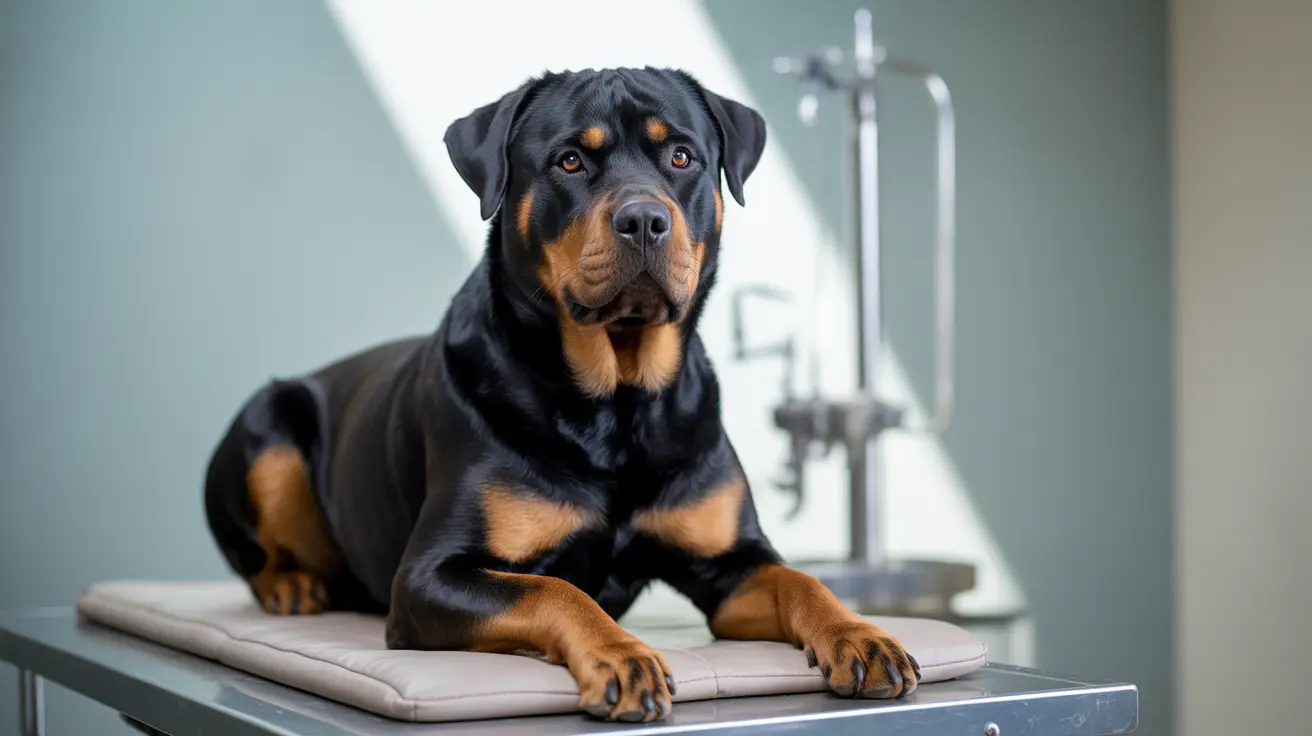Should You Cover Your Dog's Wound or Leave It Open?
After your dog undergoes surgery or suffers a wound, it’s natural to wonder whether the area should be left uncovered or bandaged. The correct approach depends on the nature of the wound, veterinarian recommendations, and your dog’s behavior. Understanding how to care for your pet’s wound properly ensures faster recovery and minimizes the risk of complications.
Understanding Surgical Incisions and Sutures
Surgical wounds in dogs are typically closed with sutures, staples, or surgical glue. Depending on the case, sutures may be external or buried beneath the skin. Multiple layers of tissue could be closed with several rows of sutures. Special techniques may be used if the incision is under tension or in a high-movement area.
In some cases, a surgical drain may be added to prevent fluid collection if the site was previously infected.
General Guidelines for Wound Care
- Keep the wound clean and dry: Canine wounds should remain dry—avoid bathing, swimming, or cleaning with alcohol or hydrogen peroxide.
- Prevent licking: Dogs instinctively lick their wounds, which can introduce bacteria. Use an Elizabethan collar or a surgical garment to protect the incision.
- Don't apply topical creams or ointments: Unless directed by your vet, avoid applying any creams or disinfectants as they can hinder healing or cause irritation.
- Restrict activity: Limit your dog’s movement to prevent the incision from opening. Keep walks short and controlled during the 7–14 day recovery window.
- Regular monitoring: Check the wound at least twice daily for signs of infection or complications.
When to Cover the Wound
While many surgical wounds heal best when left open to air, certain situations require covering:
- In environments prone to dirt or dust where contamination is likely.
- If your dog persistently licks or scratches the wound despite other preventive measures.
- Discharge or bleeding is present, and containment is needed to keep the area clean.
- If a surgical drain is in place, temporary covering may be recommended.
Always use a clean, sterile dressing or bandage and follow your veterinarian’s instructions. Change dressings regularly and ensure they remain dry. When outdoors, bandages can be covered with a clean towel or sheet for added protection—but remove it as soon as you’re back indoors to let the wound breathe.
When to Leave It Open
In clean, indoor environments with close supervision, wounds often heal faster when exposed to air. Leaving a wound open allows for more effective air circulation and moisture evaporation, creating a favorable healing environment. Your vet is likely to recommend leaving the wound uncovered if it's:
- Clean and free of discharge
- Expected to heal by primary intention (surgical closure of the wound edges)
- Not subject to repeated licking or trauma from the dog’s activity
Recognizing Signs of Proper Healing vs. Complications
Whether you cover the wound or not, it's vital to look for signs that indicate healthy or problematic healing.
Signs of a healthy wound:- Clean and dry appearance
- Closed or gradually closing edges
- Light redness or bruising shortly after surgery
- No odor or discharge
- Persistent bleeding or swelling
- Discharge with a foul smell or pus
- Redness that worsens over time
- Lethargy, fever, or loss of appetite
Vet Guidance Is Key
The decision to cover or leave a wound open should always be guided by your vet's advice. The wound’s size, location, closure method, and your dog’s behavior are all considered when making this decision. Follow all post-operative care instructions closely, including medication administration and follow-up appointments.
Summary
Proper wound care is essential to your dog’s recovery. In general, wounds should be kept clean and dry, and covered only when necessary—especially if there's risk of contamination or interference by the dog. Monitor healing closely and consult your veterinarian if any complication arises.
By staying attentive and compliant with care instructions, your dog can make a smooth and healthy recovery from surgery or injury.





